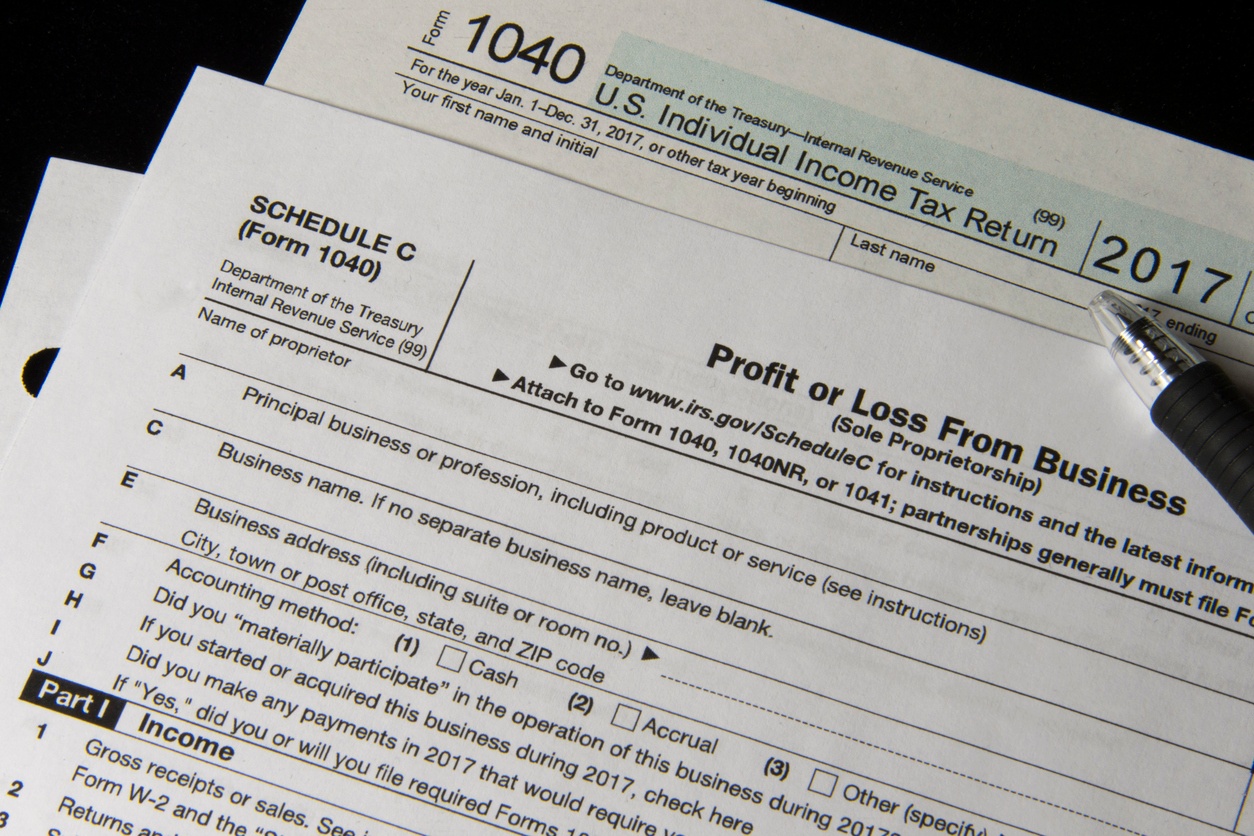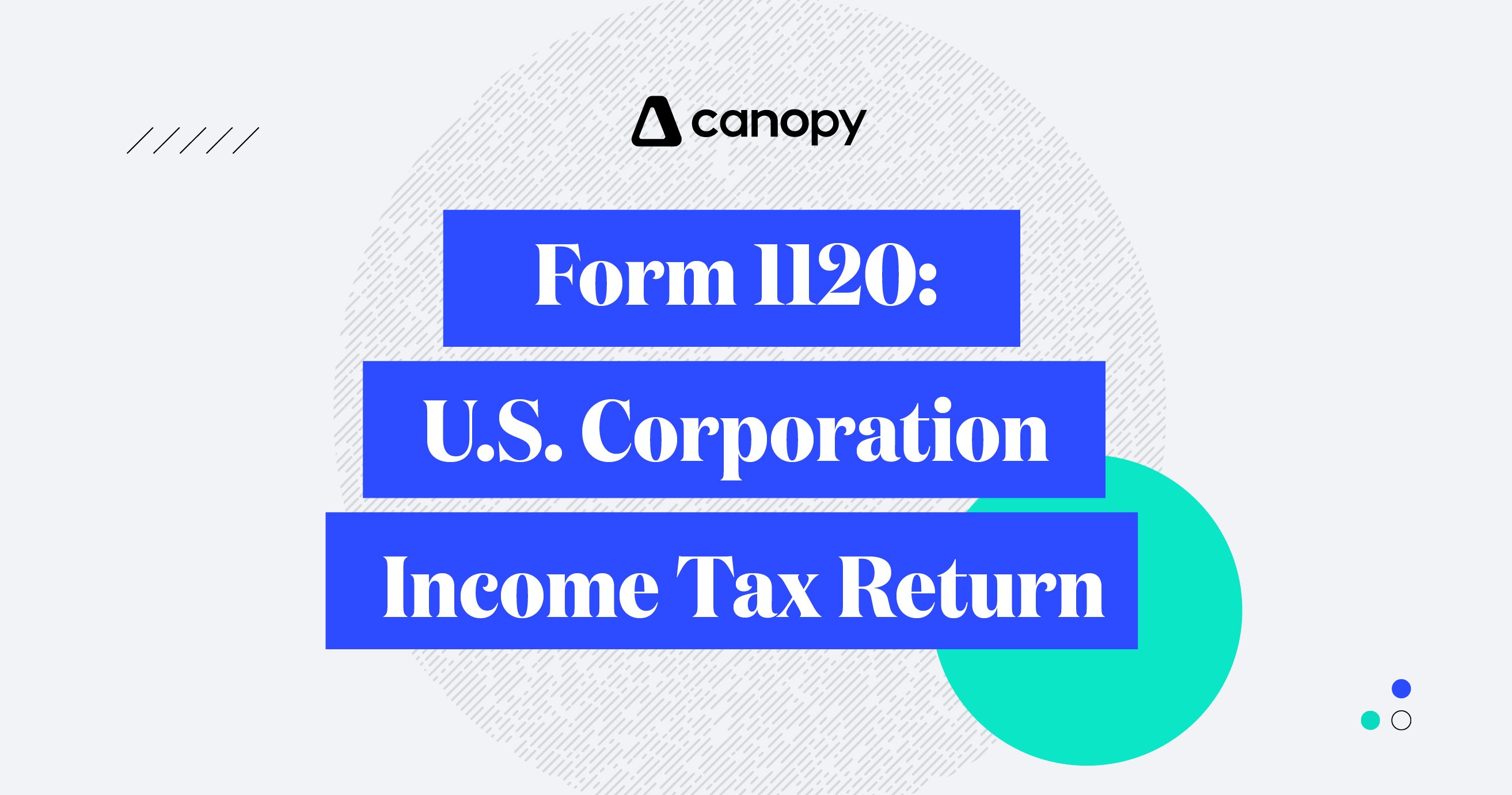Section 199A is one of the most complicated changes to the tax code brought on by the Tax Cuts and Jobs Act. To help clear things up, we’ve put together a few important questions, answered by one of Canopy’s tax experts.
Not sure how the Section 199A deduction works? Start with What You Need to Know About the 199A Pass-Through Deduction for 2019.
Q: If a couple has multiple qualified trades or businesses, is the calculation performed for each business separately or on the combined net income of all the businesses?
A: The answer is both. First, you’ll need to determine the qualified business income or QBI for each business separately. Once that’s done, you can combine the total together to calculate the actual deduction.
Q: Are these taxable income limitation thresholds calculated before or after the deduction?
A: Obviously, we want to make sure we’re doing things in the right order since that changes the equation quite a bit. In this case, you’ll be calculating your client’s taxable income before the QBI deduction. From there you can determine where your client falls in relation to the IRS specified phase-out range and make the deduction accordingly.
Q: What if a client has income from a trust, as an employee, and from a consulting business registered as an S Corp? Where do you start?
A: In this case, you’ll want to start with the trust and the S Corp because those flow into your return. Wages don’t qualify for the 199A deduction, so you don’t need to worry about those except to prepare your return as normal. If your AGI is below the designated thresholds, your QBI will be calculated from the S Corp and possibly some of the income flowing through from the trust. If your income is above the thresholds, the potential deduction from your QBI may be limited.
Q: If you have income from a specified trade or business, are you barred from the 199A deduction or just limited if you are below the AGI threshold?
A: The 199A deduction only limits specified trades or businesses once they reach the specified thresholds. Below that threshold, Section 199A is available to all passthrough income, regardless of your trade or business.
Q: Are guaranteed payments required for a partnership return if the owners provide services? For example, a bakery where the owners do all of the baking for the business.
A: Guaranteed payments are made according to the partnership agreement, not the Internal Revenue Code. Before 199A, there was not the detriment to calling certain payments as guaranteed payments in making allocations to partners. Now that 199A is here, it may be a good time to review and recommend the taxpayers revise the partnership agreement to take out the guaranteed payment clauses so that more income can qualify for QBI.
Q: What facts and circumstances would make real estate rentals a "qualified trade or business"?
A: Section 199A actually defers to the definitions set forth in Section 162 regarding rental real estate. According to Section 162, a rental real estate enterprise may be treated as a trade or business for purposes of Section 199A if at least 250 hours of services are performed each taxable year with respect to the enterprise. This includes services performed by owners, employees, and independent contractors and time spent on maintenance, repairs, collection of rent, payment of expenses, provision of services to tenants, and efforts to rent the property. Enterprises that wish to qualify for the 199A deduction are also required to keep separate books, records, and bank accounts for the rental real estate enterprise.
Updated 04-01-2019: There's a correction needed to the video. Rental real estate may be treated as a trade or business either under Section 162 (with no 250-hour test) or under 199A Regulations safe harbor if at least 250 hours of services are performed each taxable year with respect to the enterprise.
Want more clarification on Section 199A? We've got you covered. We offer several free CPE courses about Section 199A here.







Get Our Latest Updates and News by Subscribing.
Join our email list for offers, and industry leading articles and content.